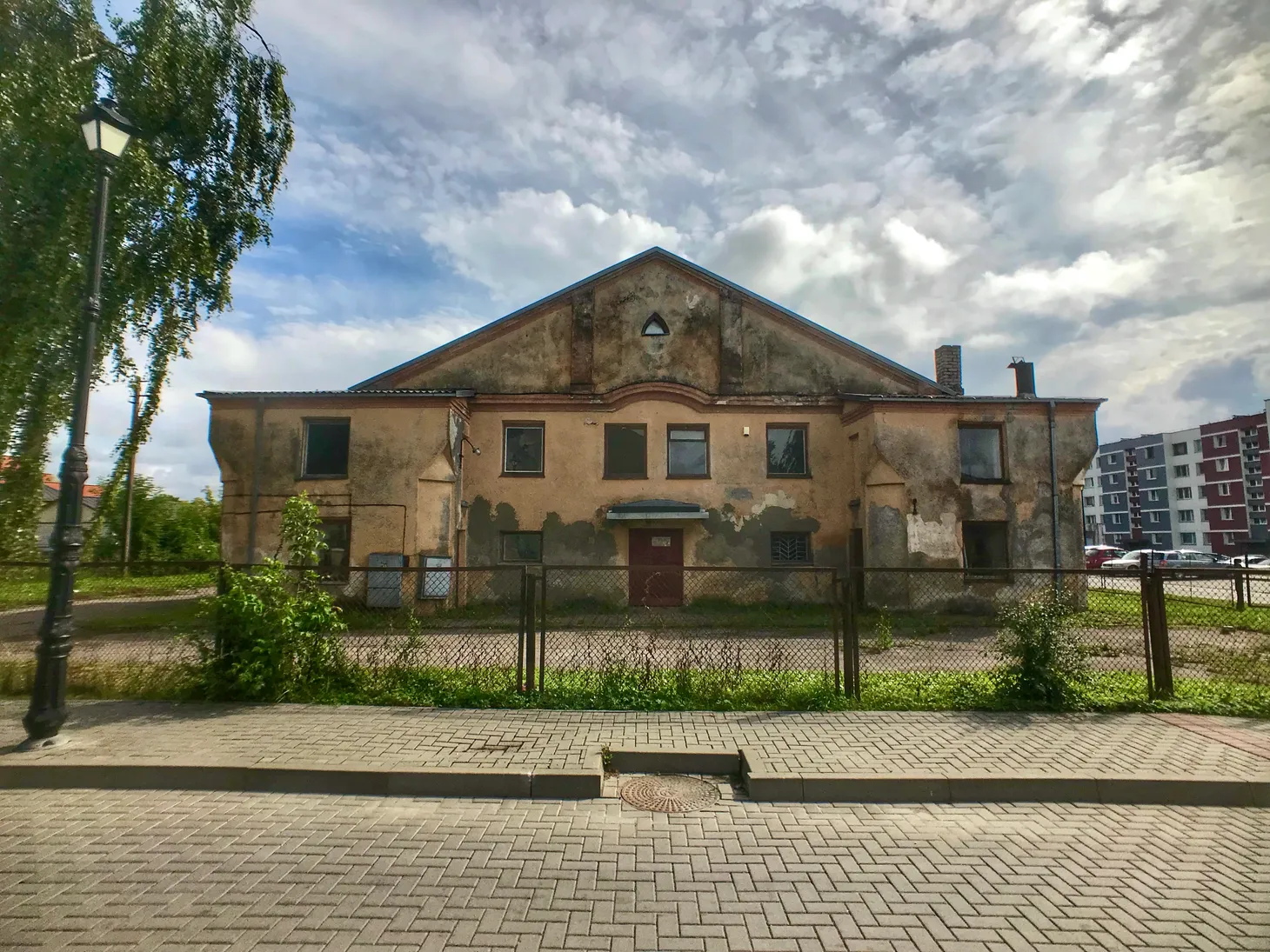Europe
“Palestine Is Our Ever-Memorable Historic Home”: The Development of Zionism and the First Zionists in Ottoman Palestine
Discussion of teaching the origins of Zionism
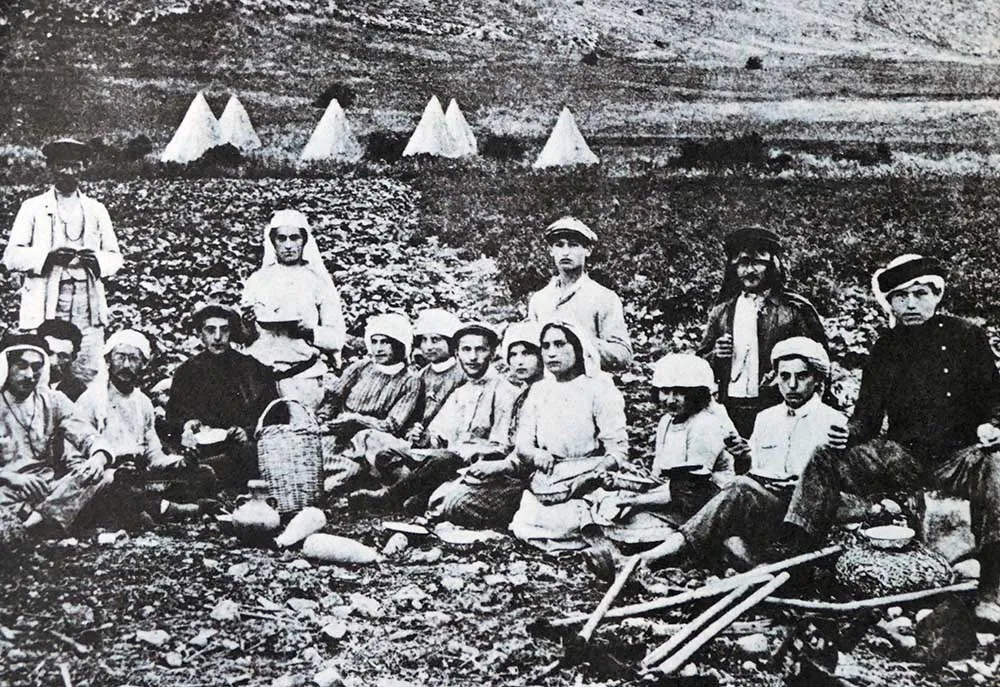
“A World Shaped by Enlightenment Ideas of Race and White Supremacy”: Rethinking How We Teach the Enlightenment
Discussion of how to teach the racism of the Enlightenment
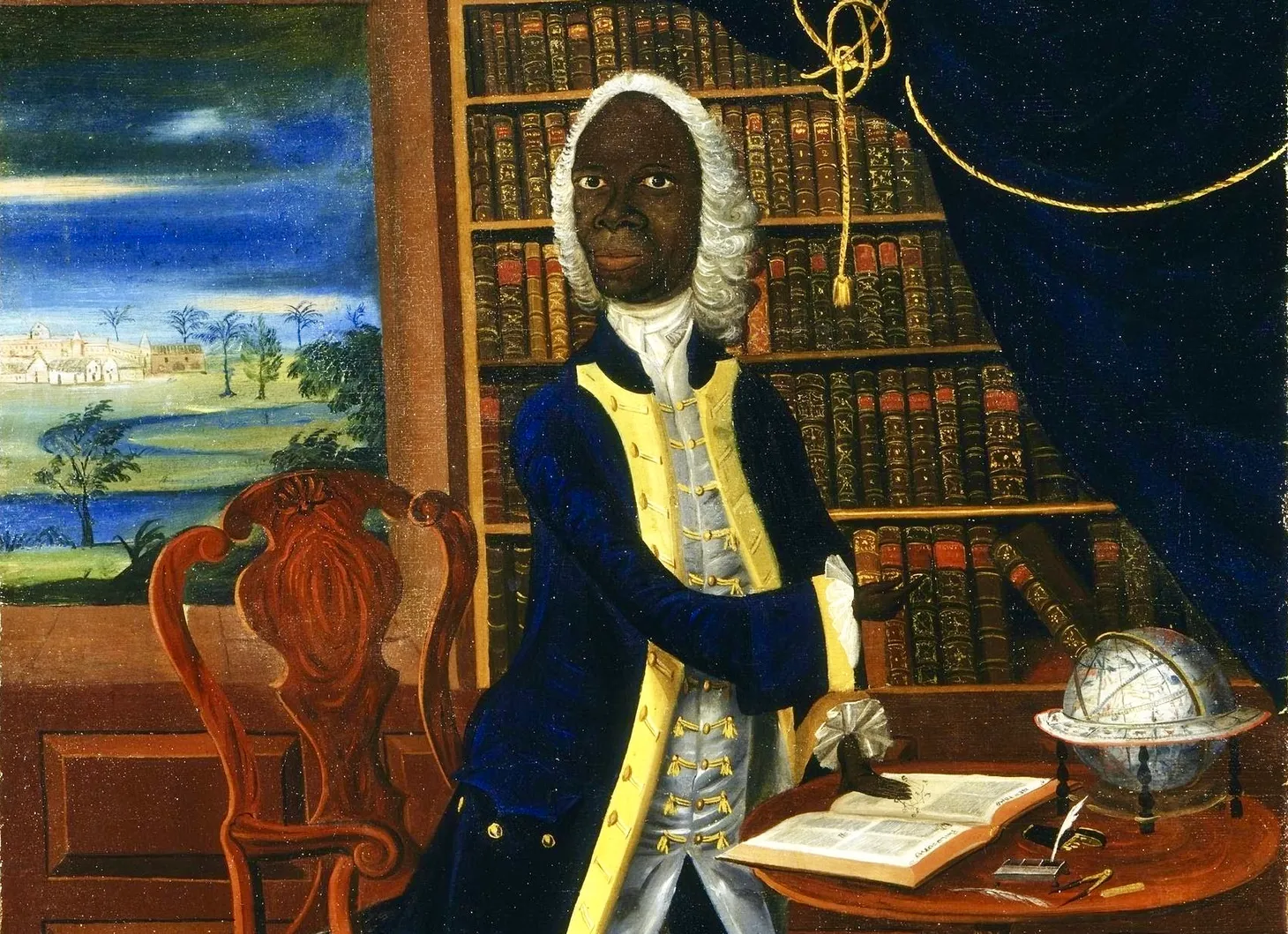
Monthly Digest: January 2024
Monthly Digest for January 2024
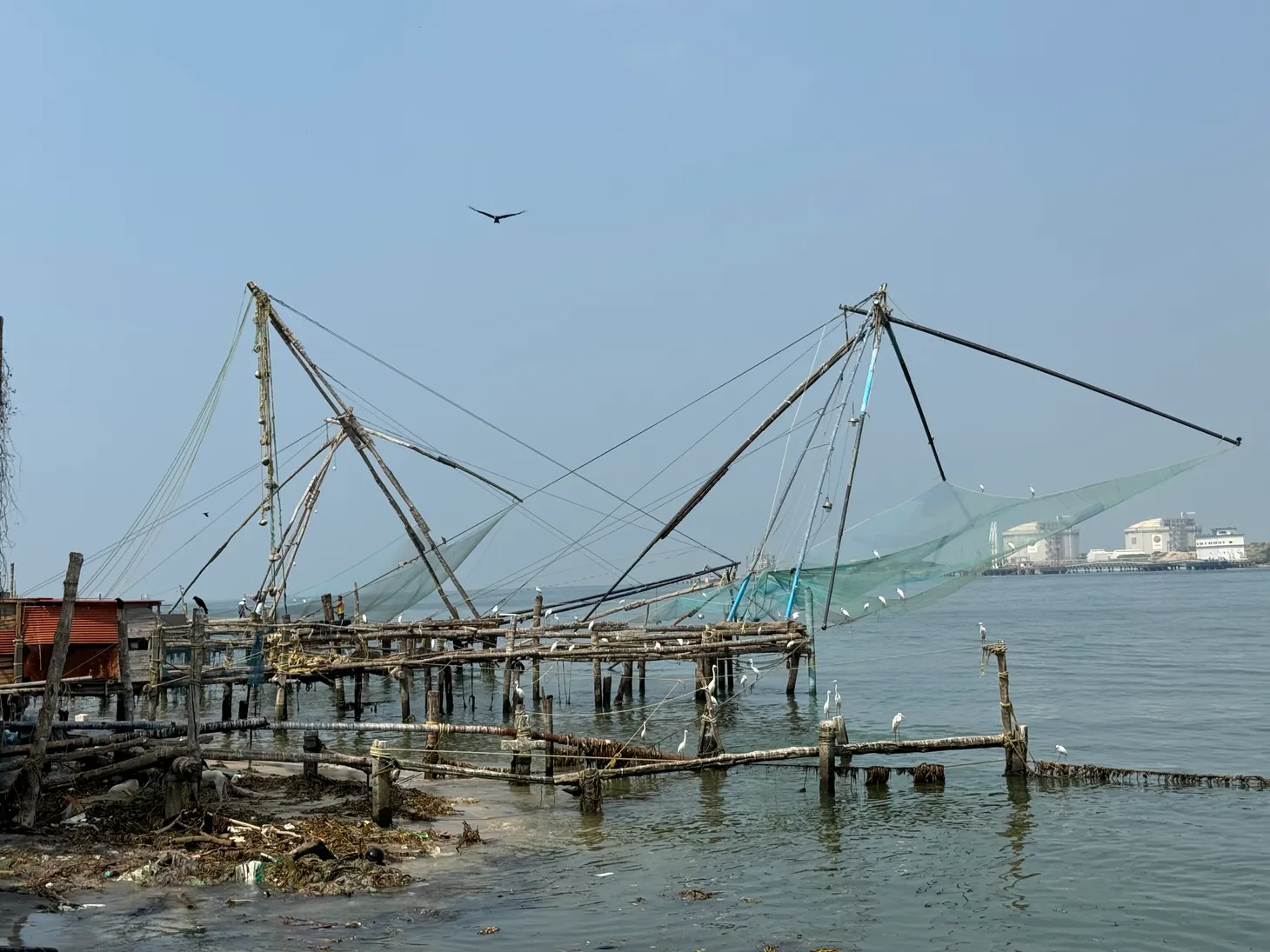
“He Has Favored Us”: Amsterdam’s Jewish Community and the Transatlantic Slave System in the Seventeenth Century
Discussion of teaching Amsterdam’s Jewish community in the seventeenth century
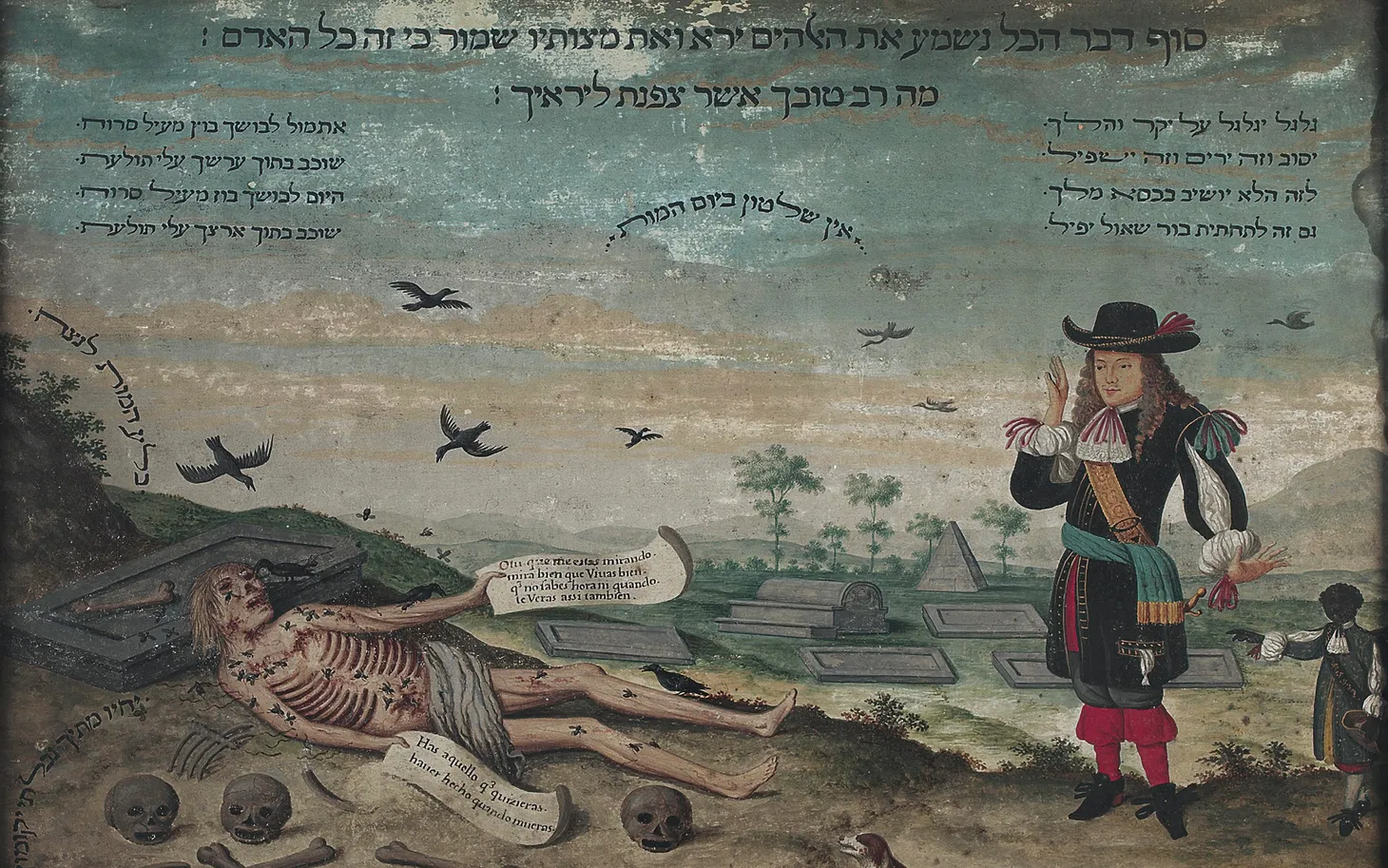
“Turks Hold Respectable Jews in Esteem”: Jews and the Ottoman Empire in the Sixteenth Century
Discussion of teaching the Sephardic migration to the Ottoman Empire in the sixteenth century
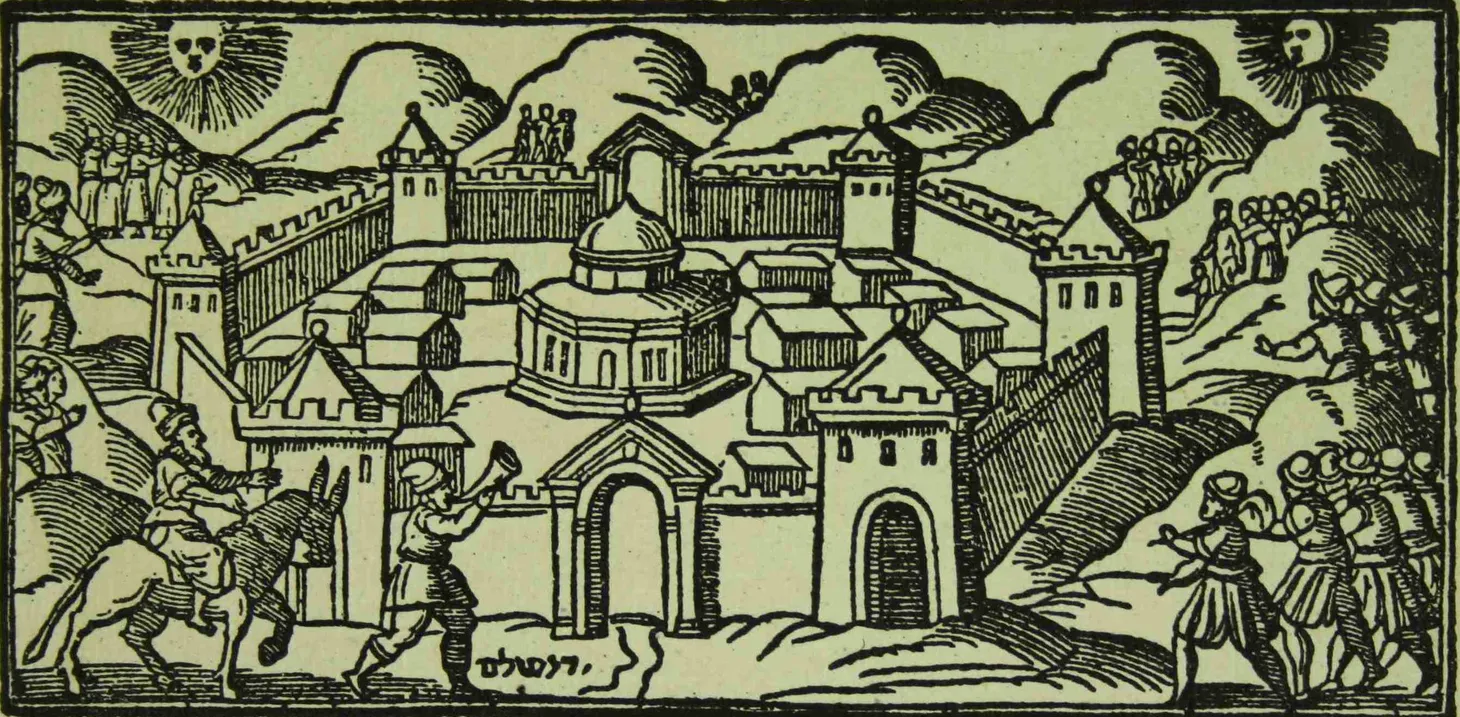
“Write Me a Letter Every Week”: Afroeurasian Trade and Integrating Jews into World History
Discussion of integrating Jewish history into world history with an emphasis on Jewish participation in Afroeurasian trade
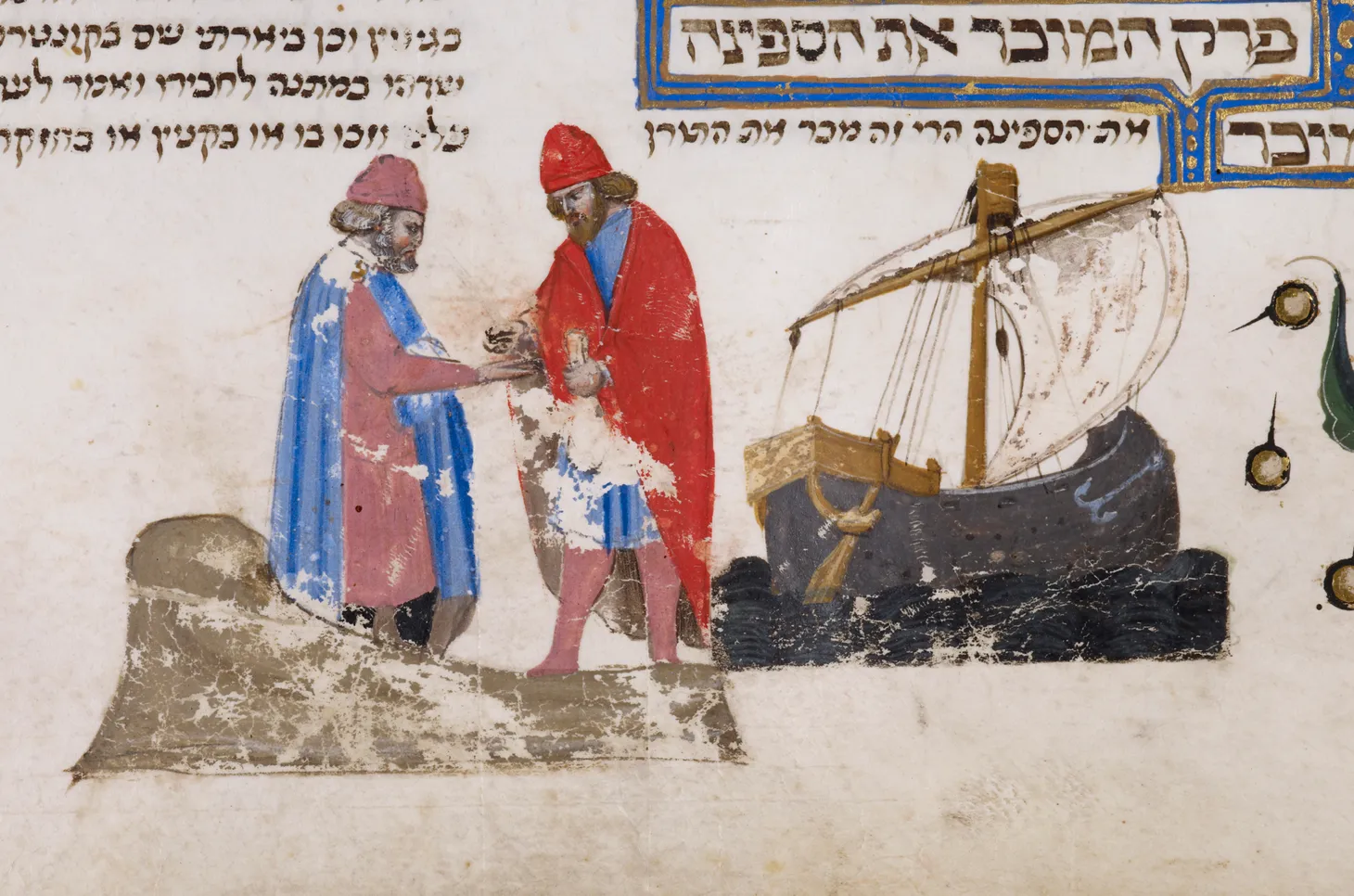
“Those Who Suffer Under Colonial Oppression Must Join Hands”: International Anticolonialism in the Interwar Years
Discussion of teaching anticolonialism in the 1920s and 1930s as a global movement
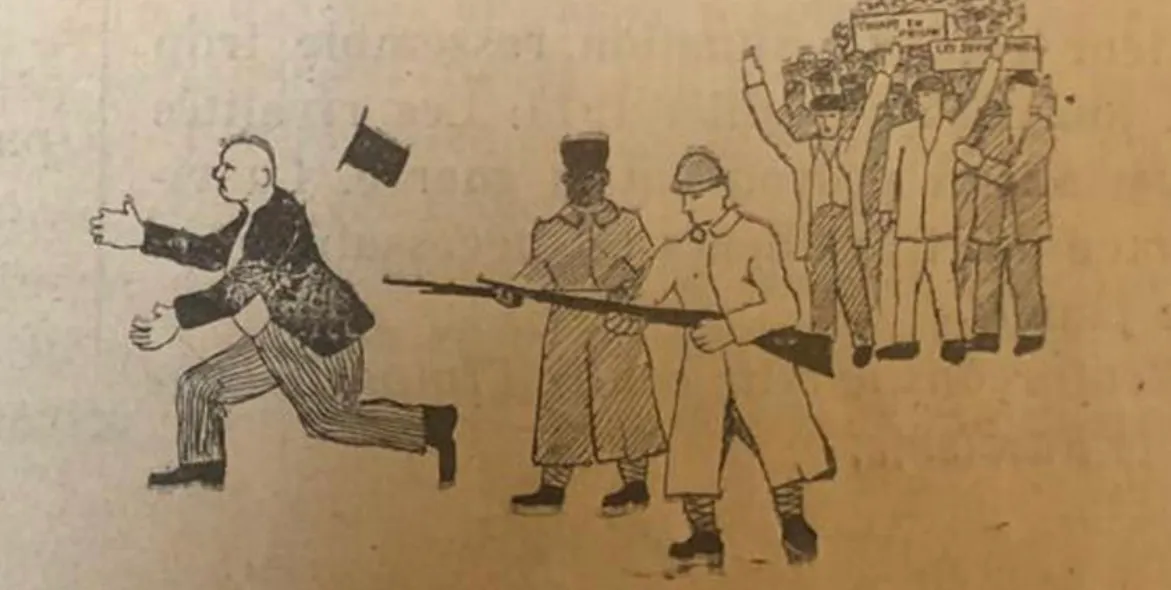
“For the Right of Every People to Govern Themselves”: Challenging Empire in 1919
Discussion of how to teach 1919 as the start of decolonization.
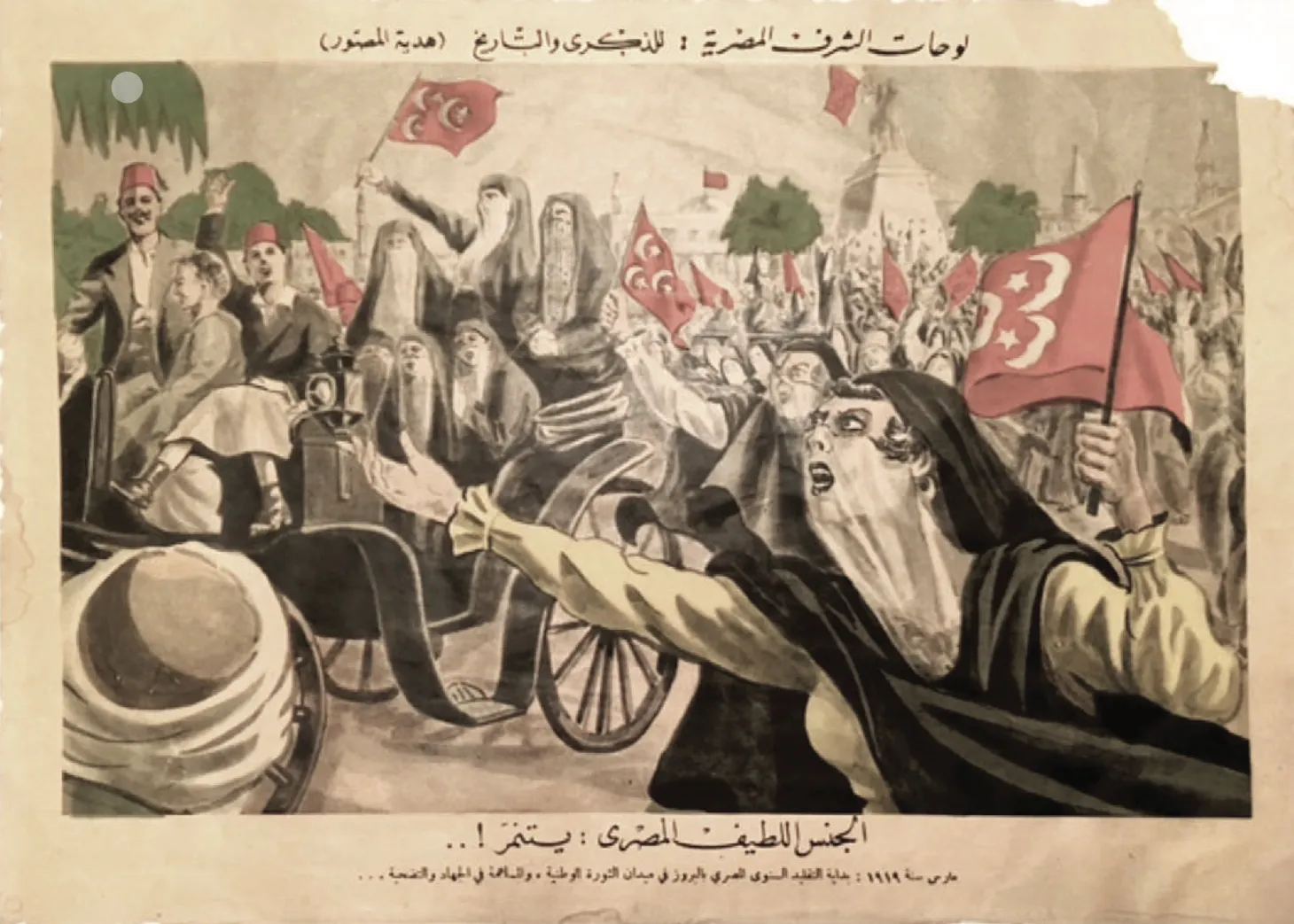
“They Know the Peacebreakers but not the Peacemakers”: Teaching Dissent, Pacifism, and Women’s Activism in the First World War
A discussion of women’s peaceful protest during the First World War and using secondary sources in the world history classroom.
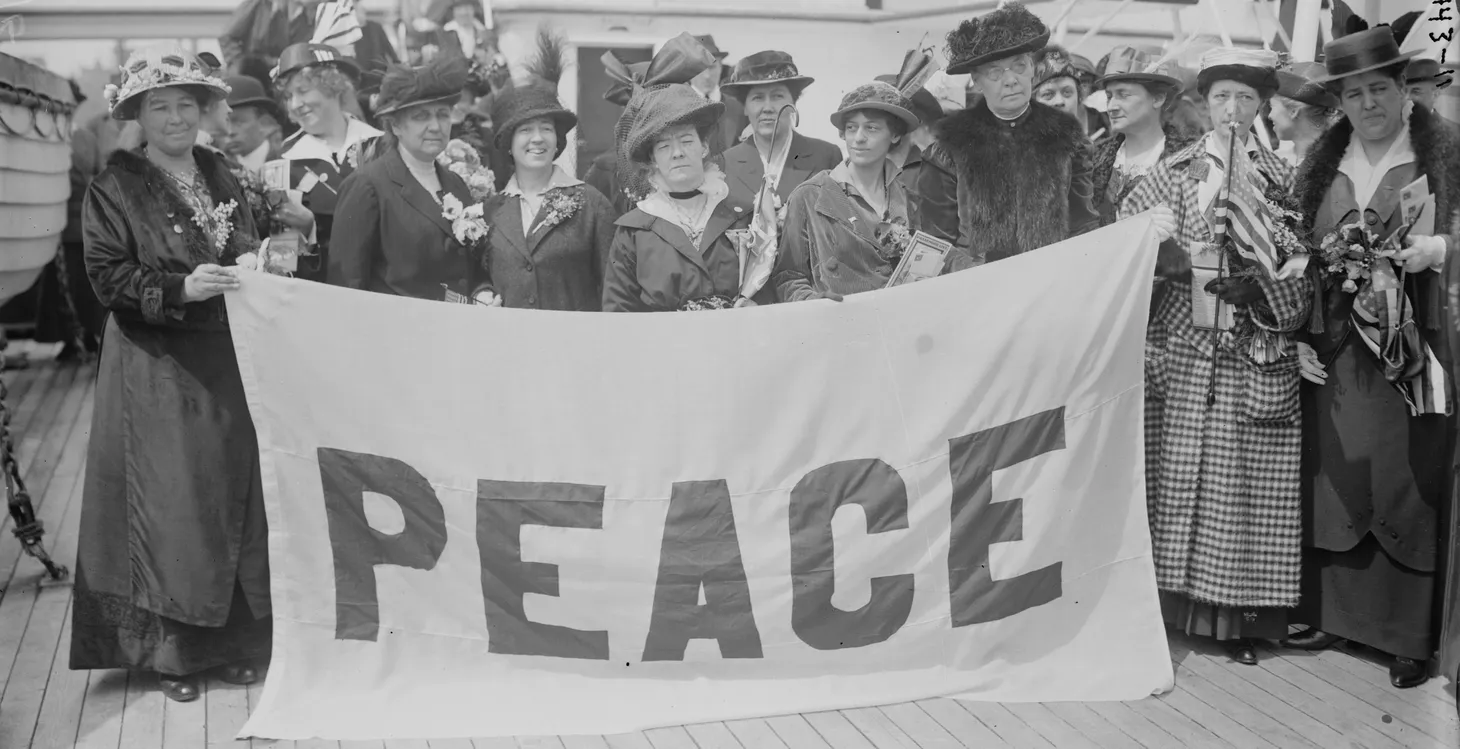
Rethinking Industrialization and the Nineteenth-Century Global Economy
Discussion of the nineteenth-century global economy, industrialization, and the production revolution
